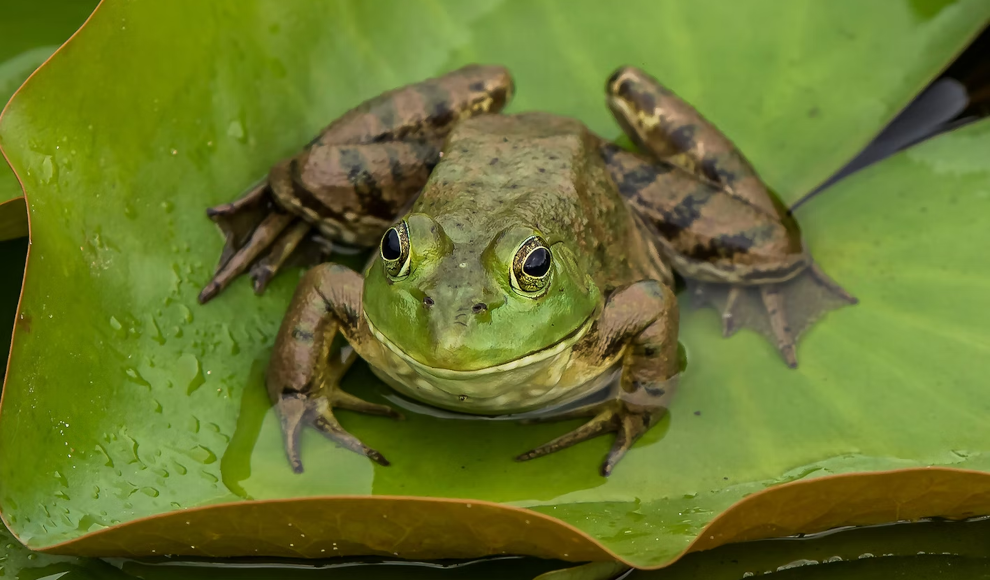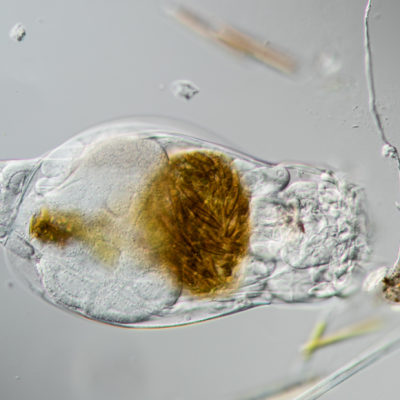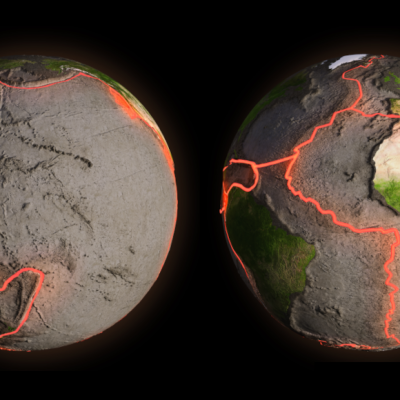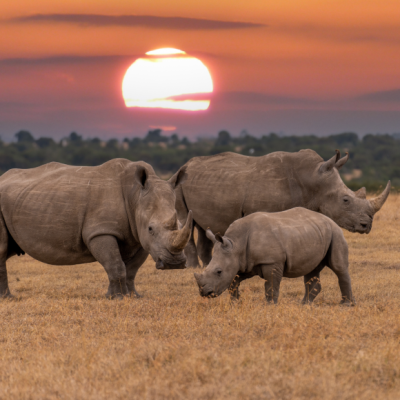Invasive amphibians and reptiles have caused economic damages of approximately 16.5 billion euros between 1986 and 2020. The majority of these damages are attributed to the American bullfrog and the brown tree snake, which are also responsible for the extinction of native species. According to a study by the Senckenberg Research Center for Biodiversity and Climate, globalization has accelerated the spread of non-native species, which threaten ecosystems in Europe. Invasive crustaceans in freshwater alone have caused damages of 236 million euros since the 1960s. Now, scientists at the Senckenberg Research Institute have investigated the damages caused by introduced amphibians and reptiles between 1986 and 2020.
The study, published in the journal Scientific Reports, is based on the InvaCost database, which documents all known monetary damages caused by invasive species. Invasive amphibians and reptiles have caused an economic total damage of approximately 16.5 billion euros during the study period. The damages caused by amphibians (10.1 billion euros) are mainly due to the costs of controlling frogs, toads, or salamanders. The damages caused by reptiles (6.1 billion euros) are primarily due to the damage they cause in agriculture. The majority of the damages are caused by only two invasive species, the brown tree snake and the American bullfrog, which decimate native species and destabilize local ecosystems.
The costs are not evenly distributed globally, with Oceania and the Pacific Islands (63%) and Europe (35%) being the most affected. North America accounts for only two percent. The scientists cite the example of the western Pacific island of Guam, where over 10,000 invasive brown tree snakes live per square kilometer. The snakes were introduced by US Army transports during World War II and significantly reduced the native bird population within a few years. Some bird species have become extinct on Guam due to the invasive species. In addition, the snake is regularly responsible for power outages on the island, resulting in repair costs.
The study highlights the need for investments in measures to limit the global transport of invasive amphibians and reptiles and for early detection of invasions to reduce the economic costs. The researchers believe that invasion rates will increase in the future, leading to a rise in economic costs. “Prevention is cheaper than cure,” says Haubrock, one of the study’s authors.










